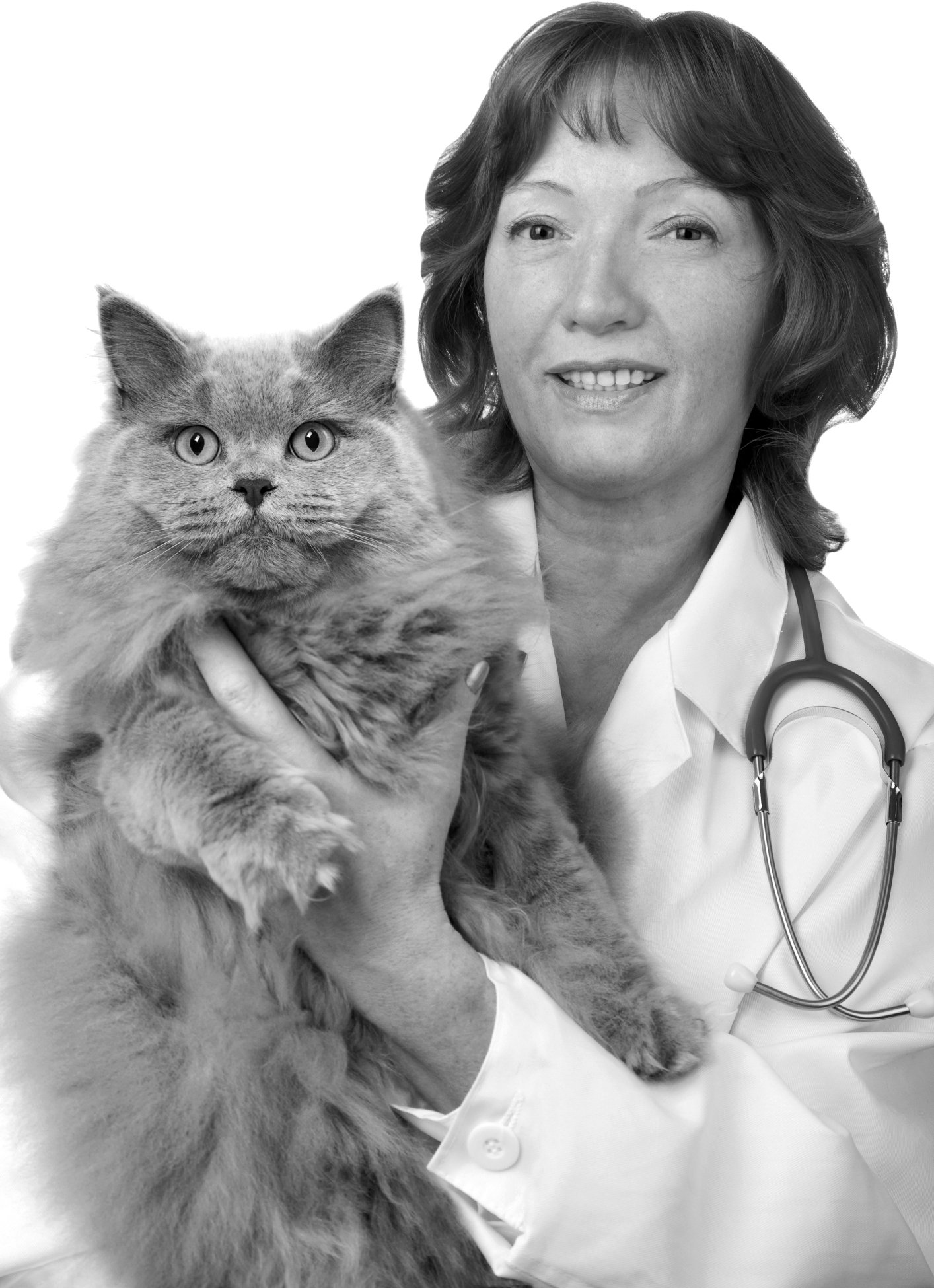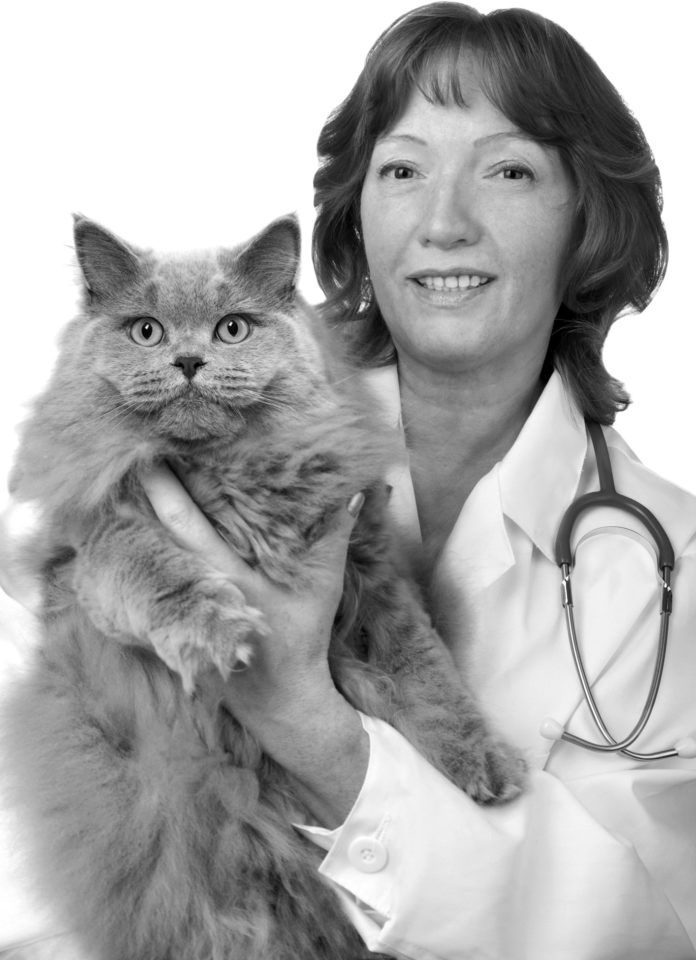The “white coat effect” (i.e. increase in blood pressure as a result of the measurement process itself) is well-documented in people. The name comes from the increased stress some patients experience upon seeing a white coat-wearing doctor enter the exam room. Although the prevalence of white coat hypertension is hard to gauge, it does present a significant problem in the interpretation of blood pressure measurement in cats.

A study using radiotelemetric implant devices to monitor blood pressure in healthy cats during simulated clinic visits showed a significant increase in blood pressure during clinic visits. A high heart rate detected during the blood pressure measurement is not necessarily a reliable marker of the magnitude of the white coat effect. Furthermore, cats do not habituate upon repeated visits; they remain susceptible to the white-coat effect on each revisit. Great care must be taken to minimize the stress of the blood pressure assessment. Measurements should be taken with gentle restraint, in a quiet environment, with the lights dimmed, after the cat has had an opportunity to rest quietly and acclimate to the surroundings.




